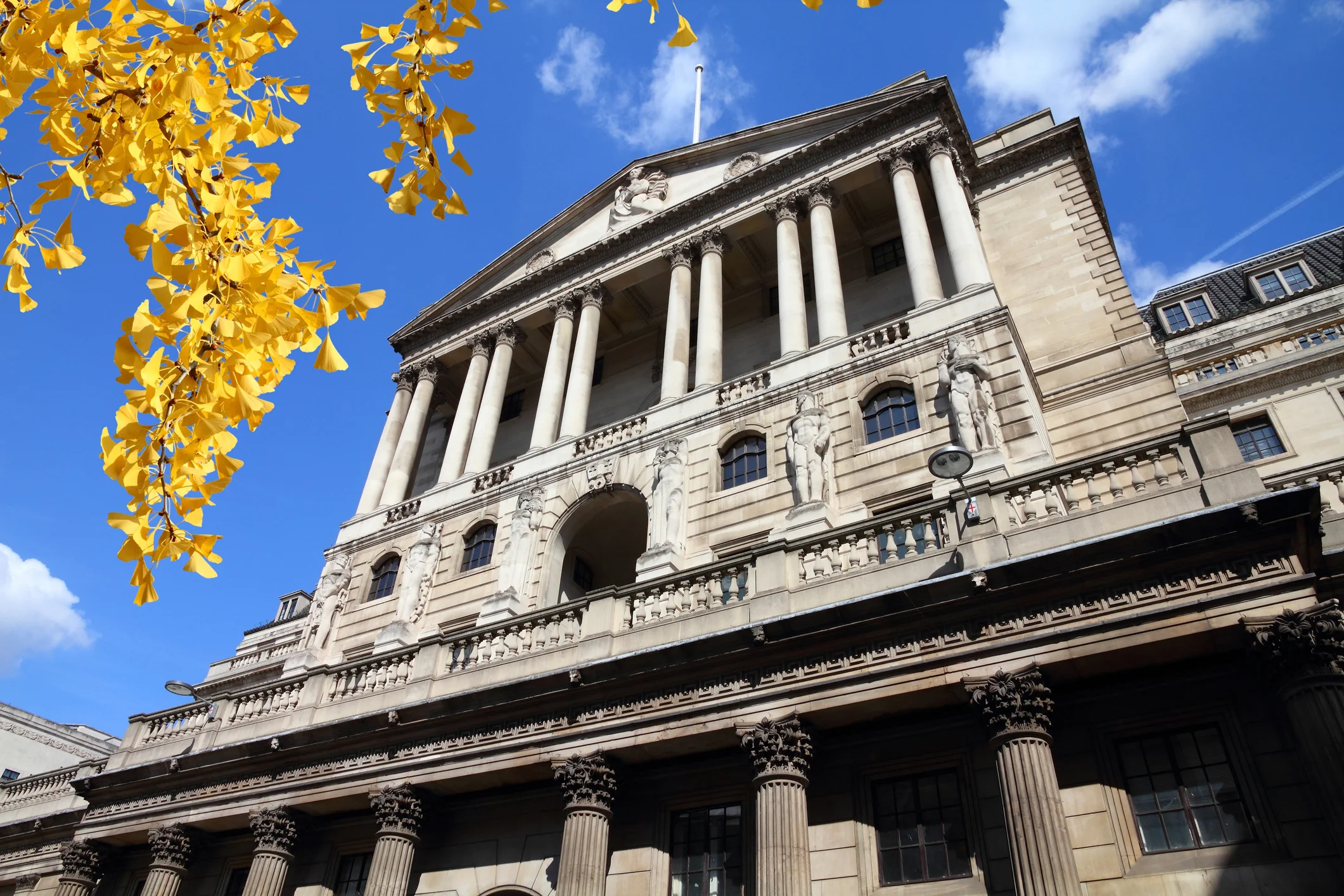2019 was a year defined by juxtaposition: the UK economy grappled with Brexit deadlines, shifting political leadership, and global trade tensions, yet the Bank of England (BoE) held firm to its mandate of stability.
(March, April, October)
maintained all year
(December 2019)
This review delves into how the BoE's steady-handedness shaped the lending landscape, supported by data from the Office for National Statistics (ONS), BoE reports, and industry analyses. We'll explore not just the "what" but the "why" behind 2019's lending trends and their implications for the future.
The BoE's Steadfast Strategy: More Than Just Holding Rates
Interest Rate Context Timeline
Pre-2008
Base rate averaged ~5%
2008-2018
Financial crisis triggered sharp cuts, rates reached historic lows
August 2018
Base rate increased to 0.75%
Throughout 2019
Rate maintained at 0.75% despite Brexit uncertainty
End of 2019
GDP growth slowed to 1.4% (from 1.8% in 2017)
Inflation Targeting and Brexit
Inflation
2019 Average
Target: 2.0%
MPC Votes
December 2019 voting pattern
Inflation hovered close to the BoE's 2% target throughout 2019, reducing pressure to hike rates. However, Governor Mark Carney repeatedly emphasized "caution over complacency," acknowledging risks like a no-deal Brexit, which could have sent inflation soaring. Dissenters like Michael Saunders advocated preemptive cuts, but the majority prioritized stability.
Market Reactions
10-Year Gilt Yields
Stable throughout 2019
2-Year Fixed Mortgage
Historic low (Dec 2019)
FTSE 100 Growth
Strong investor confidence
Key Economic Indicators (2019)
BoE Base Rate
Average Inflation
GDP Growth
Unemployment
Consumer Lending: Mortgages Lead the Charge
Mortgage Market Highlights
Growth SectorRemortgaging Surge
Q4 approvals up 15% year-on-year
Q4 remortgage approvals
First-Time Buyers
12-year high despite Brexit uncertainty
New first-time buyer mortgages
Average Annual Savings from Refinancing
When switching from 2.5% variable to 1.8% fixed rate (Trussle analysis)
Regional Mortgage Growth
Personal Lending Trends
Down from 6.4% in 2018
Finance & Leasing Association
" In uncertain times, stability itself becomes a form of stimulus. By maintaining consistent policies, we provide a platform for households and businesses to make informed decisions despite external volatility. "
- Mark Carney, Bank of England Governor
Commercial Lending: Sectoral Stories
Commercial Real Estate
Growth SectorE-commerce growth drove warehouse demand
Foreign investors capitalized on weak pound
Industrial properties outperformed retail space
SME Lending
DecliningExpansion plans postponed due to Brexit
British Business Bank's "Patient Capital" initiative: £1.2B to R&D startups
Exporters and Manufacturers: Brexit Stockpiling
Brexit Stockpiling Effects
Inventory financing increase (EEF)
Raw material stockpiles
Hedging product demand (HSBC)
Most Affected Sectors
Risk Management: A Data-Driven Evolution
Stress Testing Evolution
No-Deal Brexit Stress Test Scenarios
- -35% Commercial property value
- -4% GDP contraction
- 9.5% Unemployment spike
NatWest increased impairment buffer by £700 million in preparation
Open Banking Impact
Barclays Case Study Results
2019 DataReal-time Cash Flow Analysis
Enabled more accurate risk assessment
Digital Lending: From Branch to Browser
The Rise of 'Phygital' Banking
Nationwide "Video Mortgage" Service
AI-driven affordability checks + face-to-face advisor calls
Challenger Banks Disrupt
Monzo and Starling combined
Key Innovation: Micro-Lending
Pre-approved loans offered in under 30 seconds based on transaction history
2020 Outlook: Preparing for the Unknown
Key 2020 Expectations
-
Rate cut to 0.5% anticipated by economists (later realized in March 2020 during COVID-19)
-
January 31 Brexit deadline with trade deal negotiations to follow
-
Bank aggregate capital ratios strong at 15.5% (BoE Financial Stability Report)
Key Strengths Heading into 2020
Digital Agility
Robust Risk Frameworks
Sectoral Adaptability
Conclusion: Stability as a Strategic Asset
"2019 demonstrated that stability isn't passive—it's a strategic choice requiring vigilance and innovation. By refusing to yield to short-term pressures, the BoE provided the scaffolding for lenders to evolve."
As the UK navigated Brexit and beyond, the lessons of 2019—embracing digitalization, stress-testing for extremes, and prioritizing borrower resilience—remained enduring guideposts. Little did the financial sector know that these preparations would soon face an even greater test with the global pandemic that would emerge in early 2020. The foundations laid during this period of calculated resilience would prove instrumental in weathering the unprecedented challenges that lay ahead.





